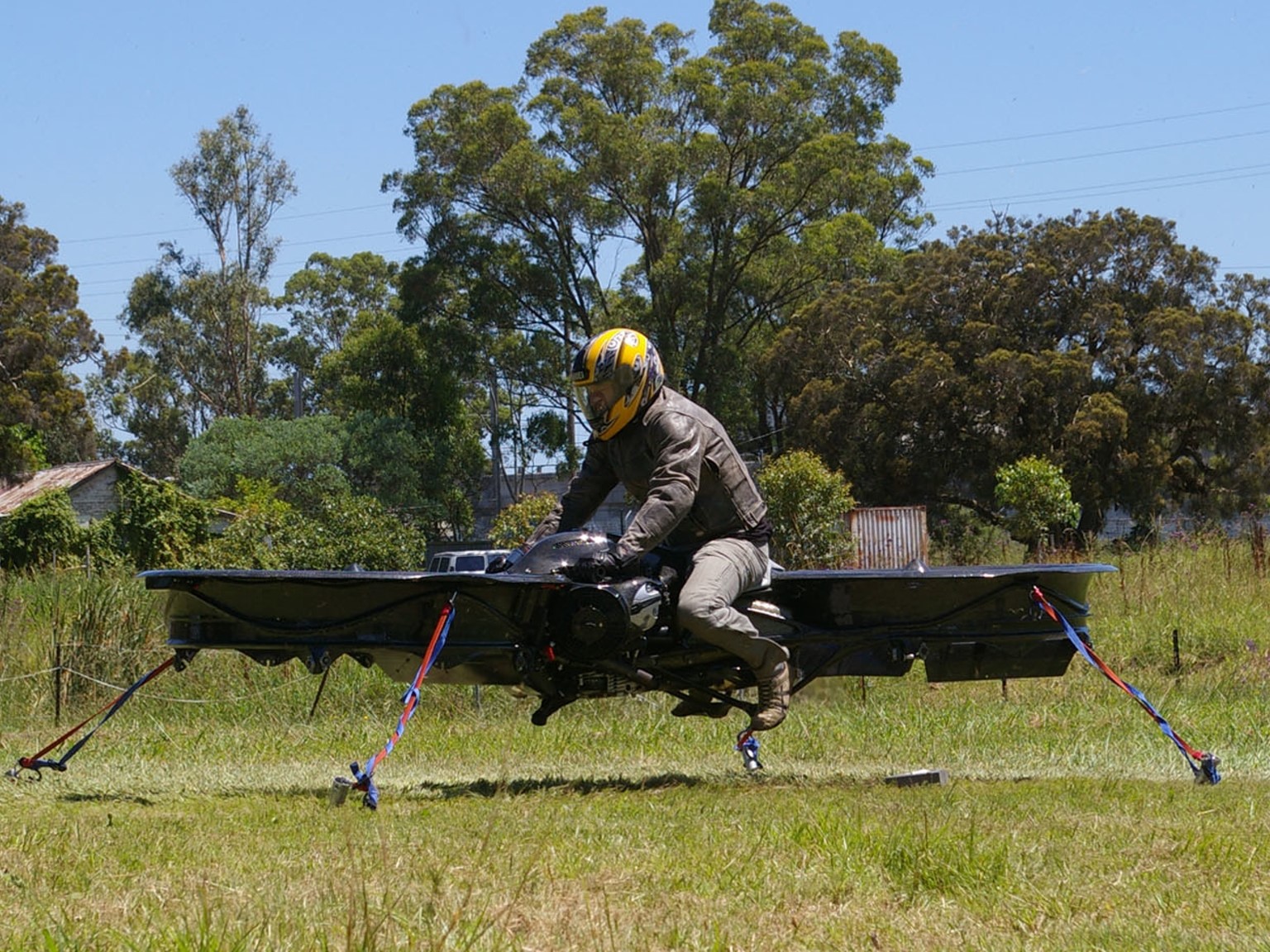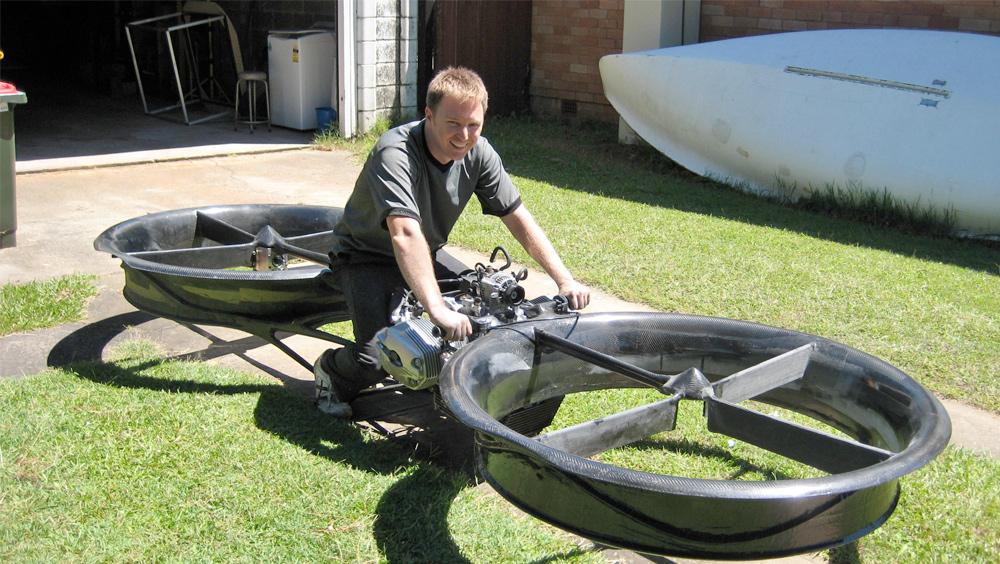
Another year, another hoverbike; last year we showcased the Aero-X , but this time around the project is a joint collaboration between the U.S. defense R&D firm SURVICE and British aerospace firm Malloy Aeronautics , two firms contracted by the United States Department of Defense to craft a hoverbike prototype for Army.
Their ambition sees the creation of a device capable of performing the same functions as a helicopter, without the issue inherent in helicopter design. In speaking with Reuters, marketing sales director Grant Stapleton explains, “primarily there's safety. With adducted rotors you immediately not only protect people and property if you were to bump into them, but if you ever were to bump into somebody or property it's going to bring the aircraft out of the air. The other thing is cost. This is much less expensive to buy a Hoverbike and much less expensive to run.”
 Malloy sells remote control drones as a proof-of-concept
Malloy sells remote control drones as a proof-of-concept
The resulting prototype is essentially an up-scaled version of a quadcopter, using four overlapping rotors blades to lift its 600 pound bulk. This design choice not only reduces the vehicle’s weight, but enhance aerodynamics and maintain its sleek design. In addition, the vehicle can carry up to 220 pounds, and is able to reach a maximum velocity of 92 mph. The majority of its chassis is constructed from carbon fiber with a foam core.

As such, the U.S. Department of Defense’s interest in this type of technology is rooted in its ability to perform multiple roles with relative ease: The vehicle can be manually piloted over uneven terrain, set to auto-pilot on a pre-determined path, and may be programmed to follow the controller as a kind of floating-mule that transports supplies — essentially performing a mix of military, reconnaissance, and surveillance missions.
Source: Reuters
Advertisement
Learn more about Electronic Products Magazine





